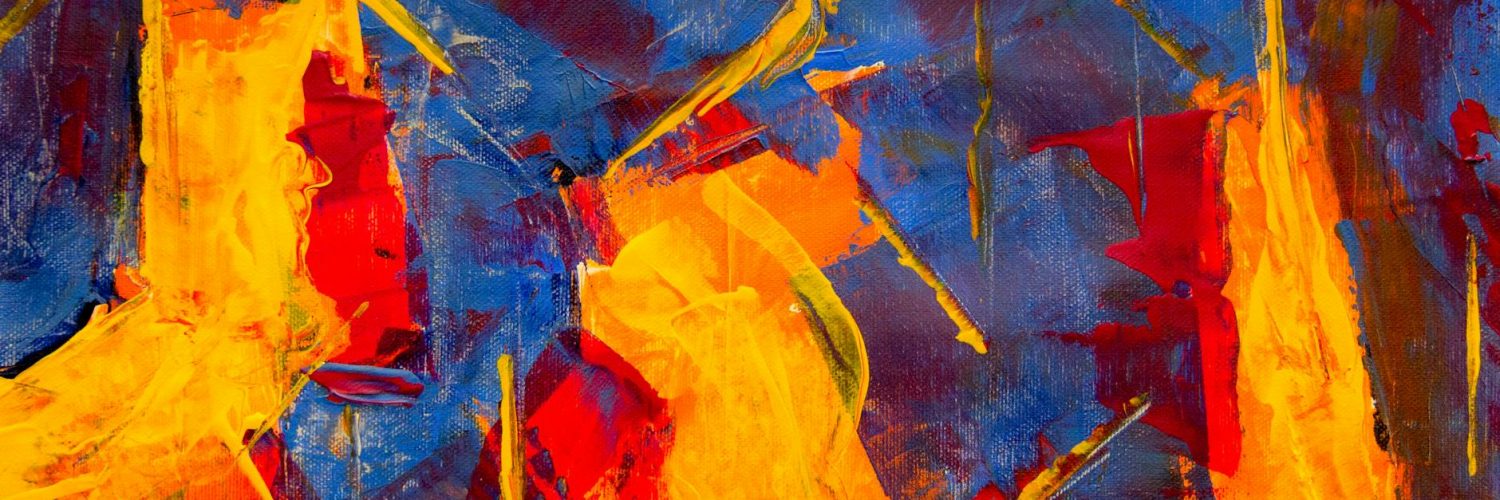We consume entertainment and art like we devour a delicious meal – sometimes savoring every bite, sometimes just wolfing it down. But what if I told you there were hidden ingredients, secret spices, and unexpected flavors lurking beneath the surface? Things most people completely miss? Let’s dive into some fascinating – and often overlooked – aspects of movies, music, and visual arts.
Movie Magic: Beyond the Special Effects
We’re all wowed by CGI dragons and mind-bending action sequences, but have you ever considered the subtle artistry of sound design? The subtle creak of a door in a horror film, the gentle hum of a spaceship engine in a sci-fi epic – these seemingly insignificant sounds are carefully crafted to evoke specific emotions and immerse you in the narrative. Think of the iconic shower scene in Psycho; the shrill screams are terrifying, but the sound of the knife slicing through flesh is implied, creating a far more impactful and disturbing experience.
Similarly, color palettes often go unnoticed. The cold blues and greys of a film noir reflect the cynicism and despair of the characters, while the vibrant hues of a Pixar movie capture the childlike wonder of its stories. Consider the use of color in Wes Anderson films; the symmetry and carefully chosen color schemes are a crucial part of his distinct visual style. It’s not just about pretty pictures; it’s about communicating mood, setting the scene, and subtly guiding the audience’s emotional response.
Even the seemingly arbitrary choice of a soundtrack can deeply influence a movie’s success. Think about the impact of John Williams’ score on the Star Wars franchise – it’s practically synonymous with the films themselves. The music isn’t just background noise; it’s a character in its own right, amplifying emotions and shaping our perception of events.
Musical Mysteries: Beyond the Melody
Music, at its core, is about emotion. But the technical aspects often go unappreciated. Ever noticed how certain musical intervals can evoke specific feelings? A major third sounds bright and joyful, while a minor third can feel melancholic. Composers meticulously orchestrate these intervals to create the desired effect. Think of the stark dissonance in some parts of Beethoven’s symphonies; far from being a mistake, it was a carefully planned use of tension to build toward moments of explosive release.
Beyond the technical, consider the cultural impact of music. The lyrics of protest songs, from Billie Holiday’s “Strange Fruit” to Bob Dylan’s “Blowin’ in the Wind”, have shaped social movements and sparked critical conversations. The evolution of musical styles, from the birth of rock and roll to the rise of hip-hop, reflects the changing cultural landscape and social shifts within society. Listening carefully to the lyrics, considering their context, opens up whole new layers of meaning often overlooked by casual listeners.
And let’s not forget the influence of music videos! They’re not just visual accompaniments to songs; they’re mini-movies, often telling stories, creating characters, and challenging societal norms. From MTV’s early days to the elaborate productions of modern artists, the music video is a powerful art form in its own right.
Visual Voyages: Beyond the Brushstrokes
When we look at a painting, we often focus on the subject matter—a landscape, a portrait, an abstract form. But what about the technique? The impasto technique, where paint is thickly applied to the canvas, creates a sense of texture and depth. The subtle use of light and shadow (chiaroscuro) can transform a flat surface into a three-dimensional space. Look closely at the brushstrokes themselves; they are often as expressive as the subject they depict. The quick, energetic strokes of an Impressionist painting convey a sense of movement and fleeting moments, while the detailed, meticulous strokes of a Renaissance painting demonstrate precision and control.
Furthermore, consider the cultural context of art. The symbolism in ancient Egyptian art, the emotional intensity of Romantic paintings, or the social commentary in Pop Art – it all tells us something about the society that created it. The Mona Lisa’s enduring fame isn’t just about her enigmatic smile; it’s about the Renaissance, the history of art collecting, and the power of mystery itself.
Art isn’t just about technical skill; it’s about communication, storytelling, and cultural expression. It is a way of expressing the emotions, ideas, and experiences of the artist and their time. The same applies to music and film; they are all powerful tools that shape our understanding of the world and ourselves.
So, next time you enjoy a movie, listen to a song, or gaze at a painting, take a moment to consider the hidden layers, the subtle details, and the unexpected flavors that make these art forms so rich and rewarding. You might be surprised by what you discover.
























Add comment